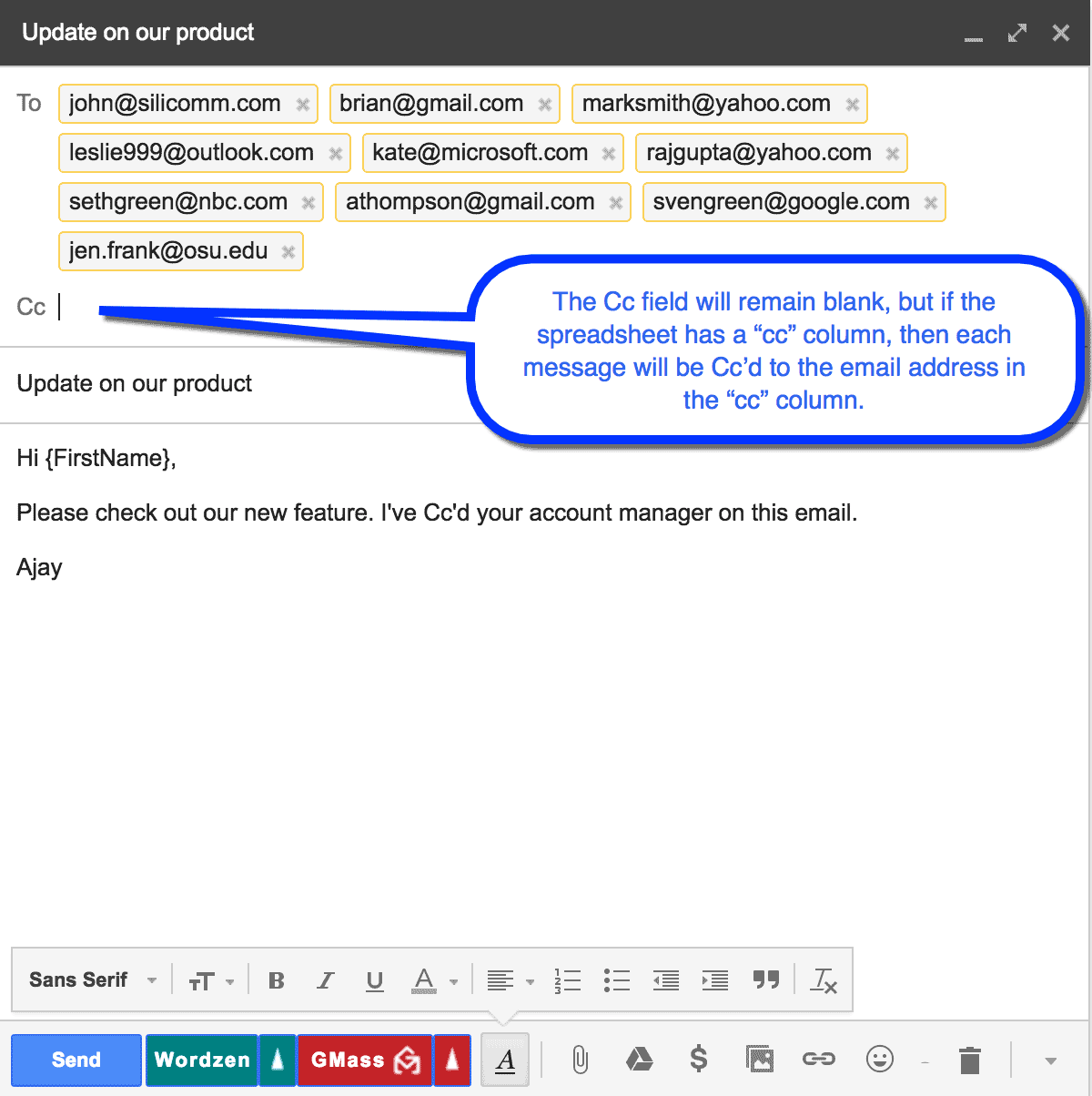Decoding CC and BCC: The Secret Codes of Email Etiquette
In the digital age, email has become as commonplace as a cup of coffee in the morning. Yet, despite its ubiquity, certain aspects of email etiquette remain shrouded in mystery. Among these enigmas are the curious cases of CC and BCC – two unassuming little fields with the power to make or break your digital diplomacy. What do these acronyms stand for? Why are there two of them, and when should you use one over the other? Fear not, for we're about to demystify these email conundrums, empowering you to navigate the digital world with confidence.
Let's start with the basics. CC stands for "carbon copy," a nostalgic nod to the days of typewriters and carbon paper. Just like its analog ancestor, CC in email creates a duplicate of your message, sending it to additional recipients beyond the primary addressee. This transparency lets your CC'd contacts know they're in the loop, fostering a sense of inclusion and shared knowledge. BCC, on the other hand, stands for "blind carbon copy" and operates with a touch more discretion. While it functions similarly to CC in distributing copies, BCC keeps its recipient list hidden from all parties involved. This stealthy feature proves invaluable when you need to loop someone in without broadcasting their presence to the entire email thread.
But the intrigue doesn't end there. Understanding the nuances of CC and BCC extends beyond mere definitions; it's about wielding their power with finesse. Imagine this: you're sending an important project update to your client. CC'ing your manager ensures they stay informed without being directly addressed, while BCC'ing a colleague who provided valuable input acknowledges their contribution discreetly. See? Strategic use of CC and BCC transforms you into an email maestro, orchestrating communication flow with grace and precision.
Mastering the art of CC and BCC isn't just about avoiding faux pas; it's about leveraging these tools for maximum impact. Need to introduce two contacts who you believe would benefit from connecting? CC them both on an email, providing context and a virtual icebreaker. Want to share an interesting article with your team without overwhelming their inboxes? BCC everyone and let them engage at their own pace, free from reply-all chaos. The possibilities are endless, limited only by your imagination (and perhaps a healthy dose of email etiquette).
So, the next time you hit "compose," remember the unsung heroes of email communication: CC and BCC. These seemingly simple fields hold the key to transparency, discretion, and ultimately, more effective communication. Embrace their power, use them wisely, and watch your email game reach new heights.
Advantages and Disadvantages of CC and BCC
| Feature | Advantages | Disadvantages |
|---|---|---|
| CC |
|
|
| BCC |
|
|
Best Practices for Using CC and BCC
To navigate the world of CC and BCC like a true email aficionado, keep these best practices in mind:
- Think before you CC: Before hitting that CC button, ask yourself if everyone on the list truly needs to see the email. Keep it relevant to avoid inbox overload.
- BCC for privacy: When sending mass emails or involving someone who shouldn't be publicly visible, BCC is your friend.
- Transparency is key: While BCC has its uses, excessive secrecy can breed mistrust. If in doubt, err on the side of transparency and use CC.
- Respect the "Reply-All": Before clicking "reply all," double-check if your response needs to be seen by everyone on the CC and BCC list.
- Use BCC strategically: BCC can be a powerful tool for discreet introductions, avoiding reply-all chaos, and managing communication flow effectively.
FAQs about CC and BCC in Email
Still have questions about these essential email features? Let's address some frequently asked questions:
- Can recipients see who is BCC'd on an email? No, BCC recipients remain hidden from all other recipients, including other BCC recipients.
- Is it rude to BCC someone on an email? Not necessarily. BCC can be a useful tool for privacy and managing email flow, but consider the context and potential ethical implications.
- Should I use CC or BCC when introducing two people? CC is generally appropriate for introductions, as it promotes transparency and allows both parties to see who else is included.
- Can I BCC someone without putting anyone in the "To" field? Yes, you can send an email with only BCC recipients.
- How can I prevent accidental "reply-all" disasters? Double-check the recipient list before hitting "reply all" and consider using BCC to avoid cluttering inboxes with irrelevant replies.
- Are there any ethical concerns with using BCC? While BCC can be useful, excessive secrecy can raise ethical concerns. Use it judiciously and consider transparency whenever possible.
- Can I use CC and BCC together in the same email? Absolutely! You can use CC and BCC simultaneously to manage different levels of recipient visibility within a single email.
- How do I know if I was BCC'd on an email? You won't receive any indication that you were BCC'd. The sender would need to inform you directly.
In the intricate dance of digital communication, mastering the art of CC and BCC can mean the difference between a seamless exchange and an email faux pas. By understanding their nuances and employing them strategically, you unlock a new level of communication prowess. So, embrace the power of these often-overlooked fields, and watch your email etiquette reach new heights. Now go forth and email with confidence!
Net nyt crossword solver
Unlocking the fifth grade math puzzle tareas de matematica para quinto grado
Unveiling the mystique tribal cambodian tattoo ideas














